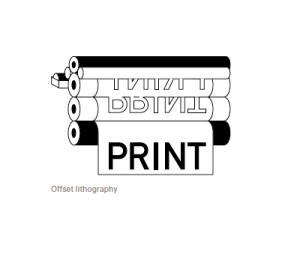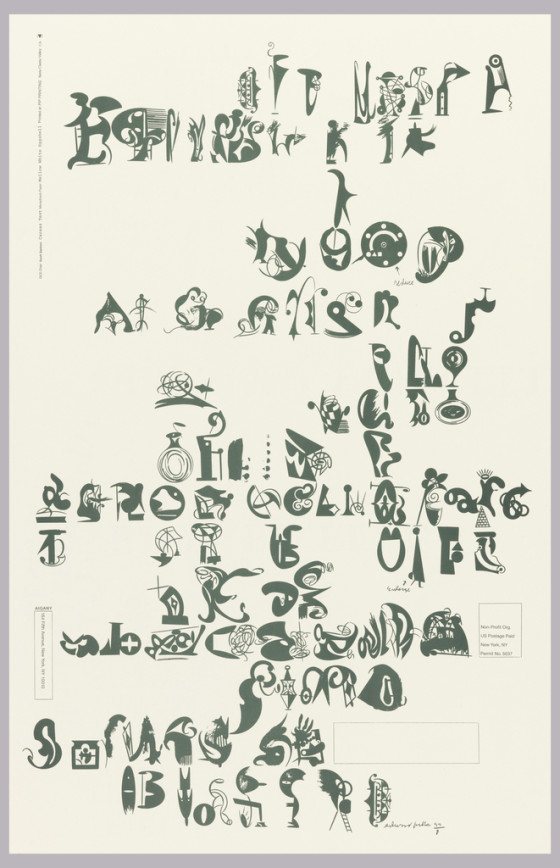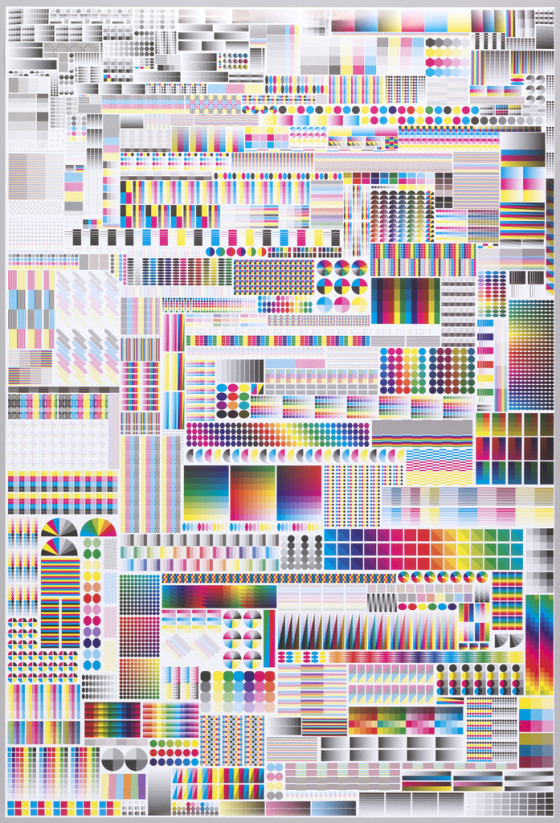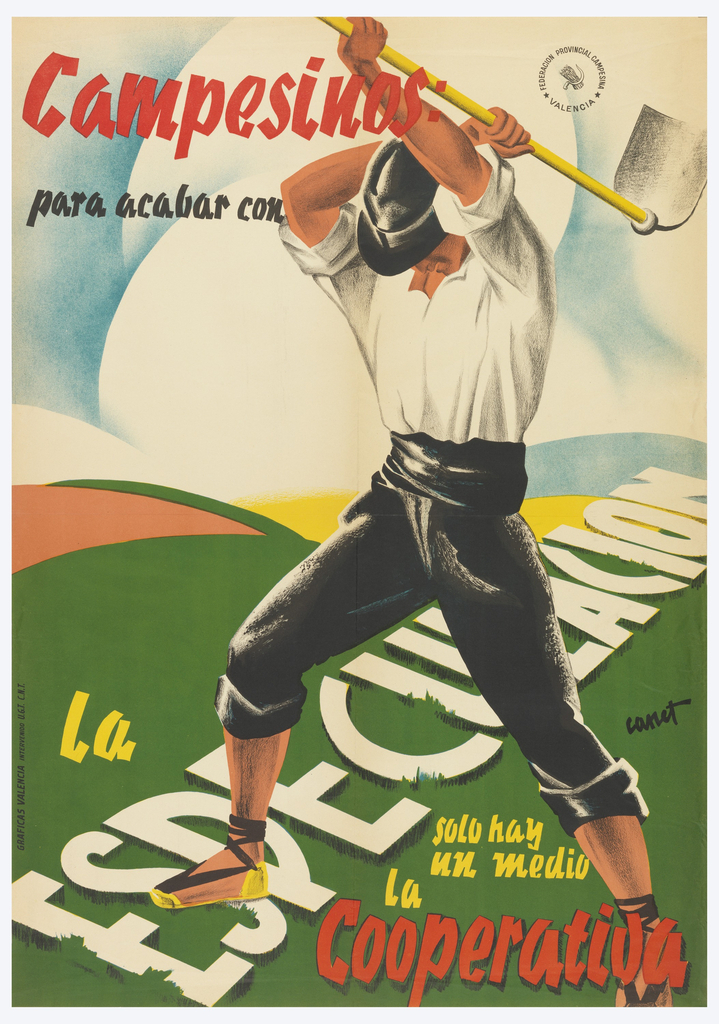
Diagram by Yushi Luo
Around the turn of the twentieth century, the new process of offset lithography emerged within the commercial printing industry. “Offset” refers to the process of transferring ink from a flexible matrix to a rubber cylinder, which then transfers the image to the paper. Offset printing replaced heavy stones with light, flexible plates and automated the printing process. Since its inception, offset lithography has appealed to designers for its ability to reproduce virtually any graphic design in large quantities. This made it an ideal method for the production of propaganda posters during the tumultuous Second Republic of Spain. Vincent Canet Cabellón’s poster Campesinos [Peasants] from 1936 features a laborer at work in a vibrantly colored landscape, highlighting the mismanagement of Spanish agricultural properties. The multicolor offset lithograph beautifully reproduces his hand-drawn design while offering an affordable, efficient means of distributing his message.
In the 1990s, as many designers turned to digital means to produce their graphic imagery, pioneering postmodernist designer Ed Fella created hand-drawn abstract typographic systems that featured letterforms containing expressive drawings. His irregularly spaced characters were easily and inexpensively printed through single-color offset printing. Fella produced dozens of posters over several decades, including this poster for an event about Obsessive-Compulsive Design.

Poster, Obsessive-Compulsive Design, 1999. Designed by Ed Fella for AIGA, American Institute of Graphic Arts (New York, New York, USA). Offset lithograph. Printed by Pip Printing. 43.3 × 28.1 cm (17 1/16 × 11 1/16 in.). Gift of Edward Fella, 2002-8-16.
Offset lithography has continued to be one of the most popular forms of printing for poster designers, regardless of whether the design is produced by hand or born digital. In 2008, Fanette Mellier employed offset lithography to produce her oversize tongue-in-cheek poster Specimen, a large, graphic tapestry that features the symbols of printer’s control marks.

Poster, Specimen, 2008. Designed by Fanette Mellier. Offset lithograph. 175 × 118.6 cm (5 ft. 8 7/8 in. × 46 11/16 in.). Gift of Fanette Mellier, 2013-18-1
Caitlin Condell is the Assistant Curator in the Department of Drawings, Prints & Graphic Design at Cooper Hewitt, Smithsonian Design Museum.
The exhibition How Posters Work is currently on view at Cooper Hewitt through November 15, 2015. You can learn more at the exhibition homepage and find the book How Posters Workat SHOP Cooper Hewitt. #HowPostersWork
